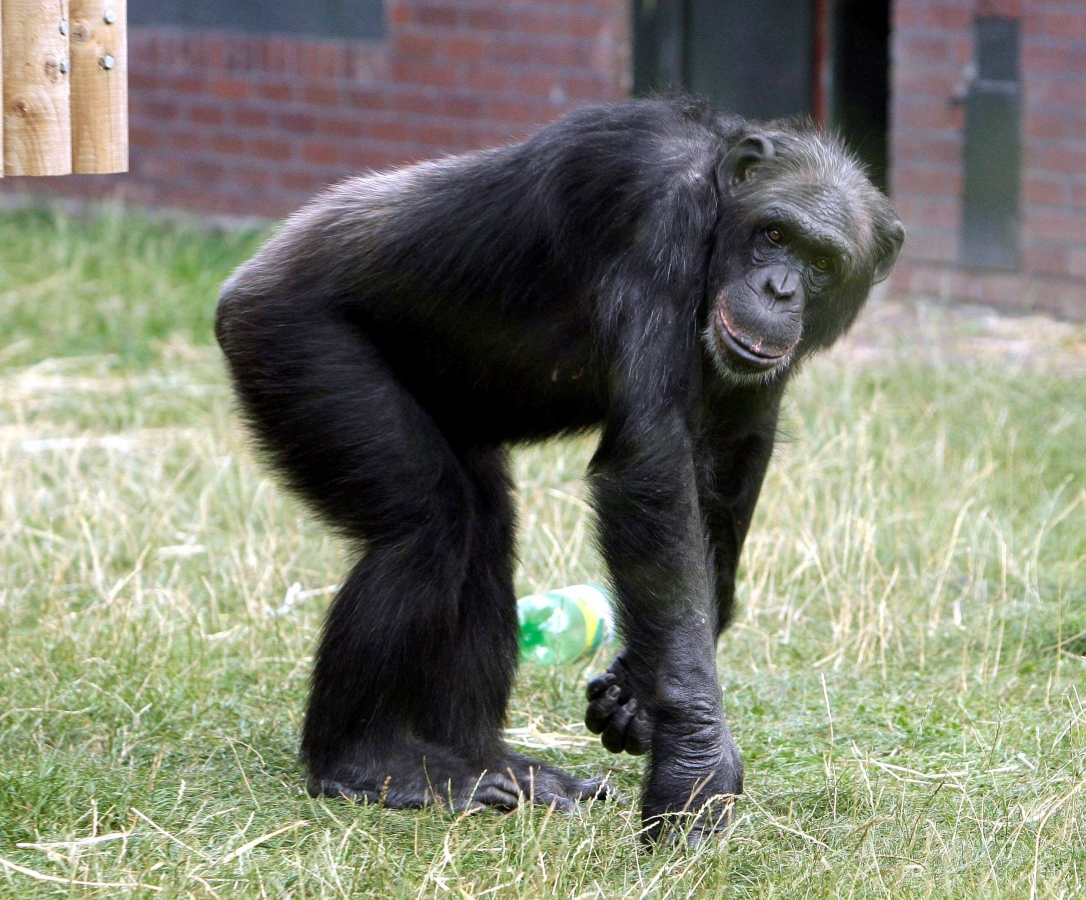
Finding out why evolution means humans are chubbier than chimps could help treat obesity in the future, according to a study.
New research has found that despite having nearly identical DNA sequences, an evolutionary shift means that humans are less able to turn “bad” white calorie-storing fat into the “good” brown calorie-burning kind.
Researchers believe our ancestors may have evolved to store more white fat because it was needed to fuel their growing brains.
Humans have anywhere between 14 to 31 per cent body fat, while chimps have less than nine per cent.
Most fat is made up of calorie-storing white fat which helps generate heat and keep us warm. But specialised fat cells – called beige and brown fat – can burn calories.
The researchers from Duke University in North Carolina are now looking into whether it is possible to boost our body’s ability to convert white fat to beige or brown fat.
These developments could one day be used to help patients with obesity, the team say.
The human brain uses more energy, pound for pound, than any other tissue and steering fat cells toward calorie-storing white fat rather than calorie-burning brown fat may given our ancestors a survival advantage.
And while human brains have trebled in size over the last six to eight million years, chimpanzee’s brains have stayed the same size.
In the study, the team compared fat samples from human, chimps and rhesus macaques, which are a more distantly-related monkey species, and used a technique to scan each species’ genome for differences in how their fat cell DNA is packaged.
Published in the journal Genome Biology and Evolution, the study found that compared to chimps and macaques, DNA in humans had become ‘more bunched up’.
According to research, most DNA within a cell is condensed into a series of tight coils and loops that are wound around proteins and only certain DNA regions are loosely packed enough that genes can be turned on and off.
Researchers believe the regions of the genome that help turn white fat to brown were essentially locked up in humans but not in chimps.
The team also noticed a recurring snippet of DNA that helps convert fat from one cell type to another in the cells of chimps and macaques.
Lead author Dr Devi Swain-Lenz, professor in biology at Duke University, said: “We’re the fat primates.
“We’ve lost some of the ability to shunt fat cells toward beige or brown fat, and we’re stuck down the white fat pathway.
“It’s still possible to activate the body’s limited brown fat by doing things like exposing people to cold temperatures but we need to work for it.
“Maybe we could figure out a group of genes that we need to turn on or off, but we’re still very far from that.
“I don’t think that it’s as simple as flipping a switch. If it were, we would have figured this out a long time ago.”